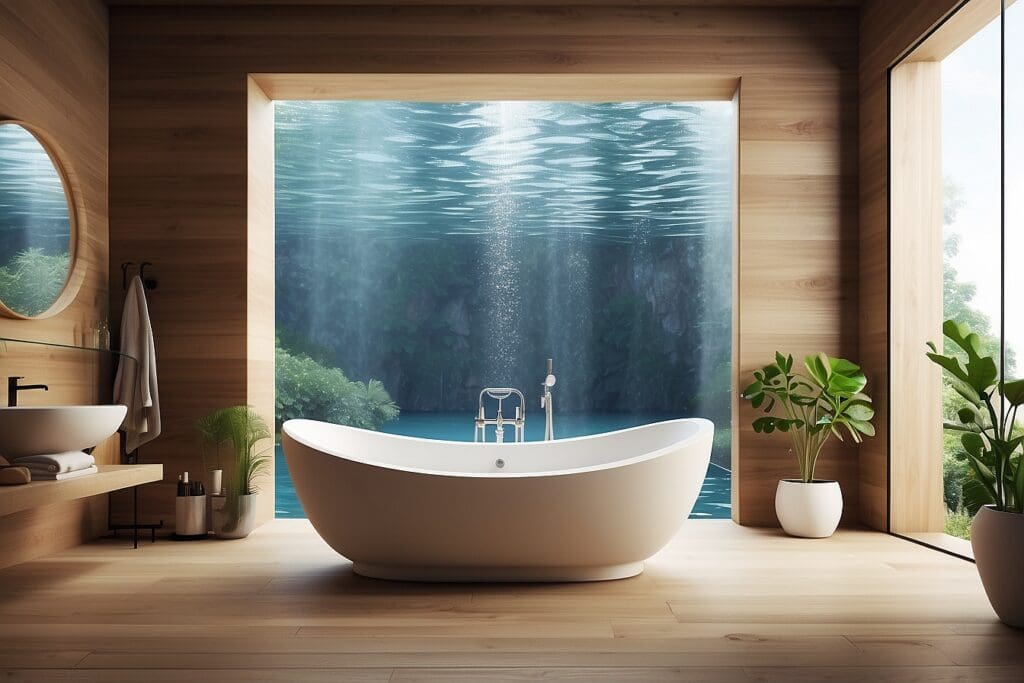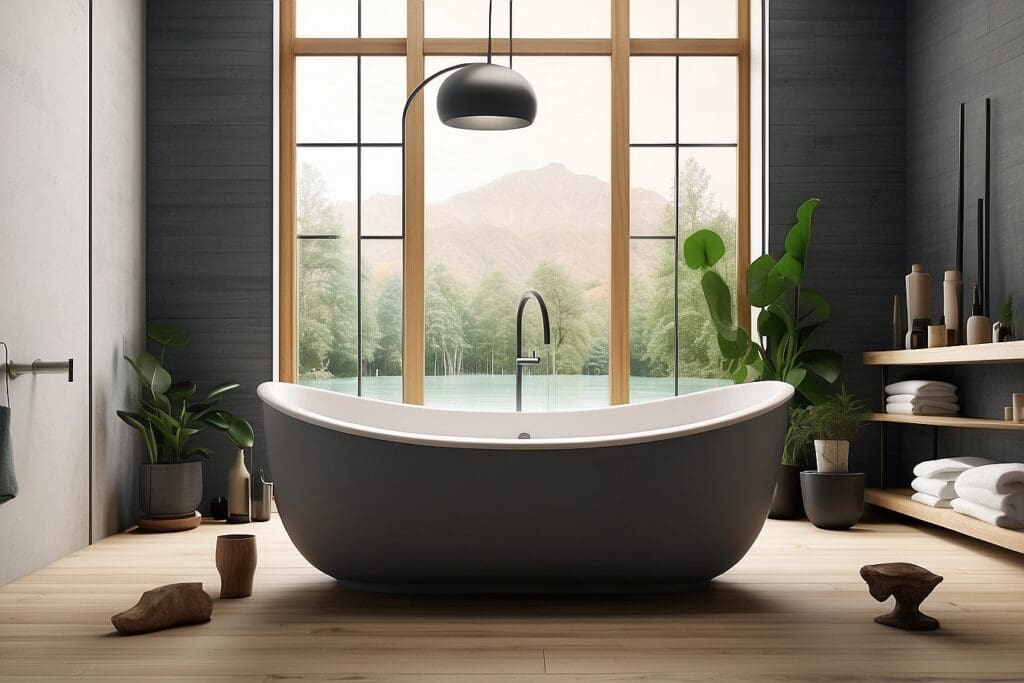I will be the first one to admit it: I use a lot of water, in fact I use too much water. This does not make me a bad environmentalist, it just makes me someone who needs to tweak my behavior when it comes to water usage. You know those days when you want to just stand there and let the hot water run down your body? Everyone has done it, but as water becomes increasingly scarce we will all have to change this therapeutic but wasteful behavior.
Showers
The conventional shower uses 7-10 gallons per minute, meaning a fifteen minute shower could use up to 150 gallons per water. People living in less fortunate nations have to walk miles just to get a bucket of clean water (no this is not an old wives’ tale) and we feel okay about using 150 gallons for just fifteen minutes of our day? There is definitely something wrong about this usage distribution, but there are also some easy and effective ways to cut back:
1. Buy a single-pressure shower head. These are the same price as regular ones and they only shoot out 2-4 gallons of water per minute, saving you up to 80% of your shower water!
2. Ladies, shaving your legs does not mean that your entire body needs to be rinsed while doing so. Change the water so it flows out of the lower, tub faucet and turn down the water to a drizzle-like pressure while shaving. It not only saves tons of water, but it still allows you the convenience of rinsing off the razor. It also prevents the soap or shaving cream from being constantly flooded off your legs, which can get frustrating. And if you want to be extra environmentally helpful, cut down your shaving to 3 times a week instead of 5 or 6. Seriously, no one notices and if your boyfriend (or girlfriend) complains just tell him/her that it is for a good cause.
3. Soaping up is essential but having the shower on while doing so is not. It doesn’t really make sense: why would you leave on the water—whose sole role is to be a rinsing mechanism—while you are trying to lather up? Soaping up only takes a few minutes anyway, plus, doing so without water is also helpful visually in making sure you get that spot on your back that you always miss.
4. Take shorter showers. This is the most obvious yet useful way to conserve water. Why do showers need to last longer than ten minutes anyway? The only thing that really takes forever is shaving. Omit that from your daily routine and you are left with conditioning, which needs only three minutes maximum to run its course. An easy solution is to just adjust your shower timeline. Shampoo and condition first so you can lather while waiting for your conditioner to stimulate that body bounce. Cutting your shower down by just five minutes could save you anywhere from four to fifty gallons of water. This will not only help ease your environmental mind but your financial one as well.
5. Don’t brush your teeth in the shower. Honestly, how unnecessary is this? Sure it may feel foreign yet stimulating to feel your elbow, stomach, and gums all being cleansed simultaneously, but it is the most wasteful act of water usage possible. Just stop, seriously, it’s ridiculous. Once you switch to brushing your teeth at the sink, don’t forget to turn the water of while you are hitting each of those pearly whites!
Toilets

The most effective way to save water with your toilet is to invest in one that has duel-flush capabilities. The half-flush, full-flush means that water will be saved while still sending everything down. Unlike conventional toilets that use five to seven gallons per flush, these babies only use 1.5 to 3.5.1 For a large family or someone who drinks a lot of liquid it can save a tremendous amount of water.
The other question people always want to know is whether putting into practice the old saying: “if it’s yellow, let it mellow, if it’s brown, flush it down” is really okay health-wise. Bacteria are actually very common in urine and have the ability to multiply rapidly in free-standing pee at room temperature.2 Not flushing your toilet for long periods of time will breed bacteria and for sure cause it to smell. There is no clear-cut evidence for or against this rhyme, so it is up to you to decide how long to let the yellow stand.
Sinks
Sinks don’t use the most water but they are the most used water source in your bathroom. The EPA reports that bathroom faucets account for 15%3 of your household water and flows at a rate of 2 gallons of water per minute.4 Washing your hands, face, brushing your teeth and shaving are all daily activities that can be re-examined for water-saving techniques.
Washing your hands: The Center for Disease Control states that hand washing should last for twenty seconds, or as they say, two “Happy Birthday” songs.5 If you left the water on the whole time you would use two-thirds of a gallon of water every time you cleaned your hands. Instead, get your hands wet, turn off the water, enjoy some sud-wrestle hand time while singing happy birthday and then turn back on the water to rinse. This could cut your water use at least in half.
Shaving: Guys, if you are anything like my two-beards-a-day Italian boyfriend, I know your need for high-flowing, hot water to really clean out that razor. But it doesn’t have to be that way. Fill up a large cup of hot water, stick your hair-full razor in it and shake vigorously. Creating a high-pressure water flow between the blades is what cleans it so this can substitute your regular faucet-emitting jet stream. And keep in mind that hair floats so put your tool deeper in the water so it won’t be refilled instead of emptied.
Brushing your teeth: Do you notice I always save this subject for last? That’s because leaving the water on while brushing is pointless. Shaving legs or faces I can at least partially sympathize with, but leaving water running while not using it servers zero purpose. So retrain yourself and just turn it off.
Conclusion
Whether you are showering, shaving, or watching water run aimlessly as you brush your teeth, conservation of the precious resource we call water is possible. Changing habits is a long and arduous process, but once achieved it creates a better way of living.





